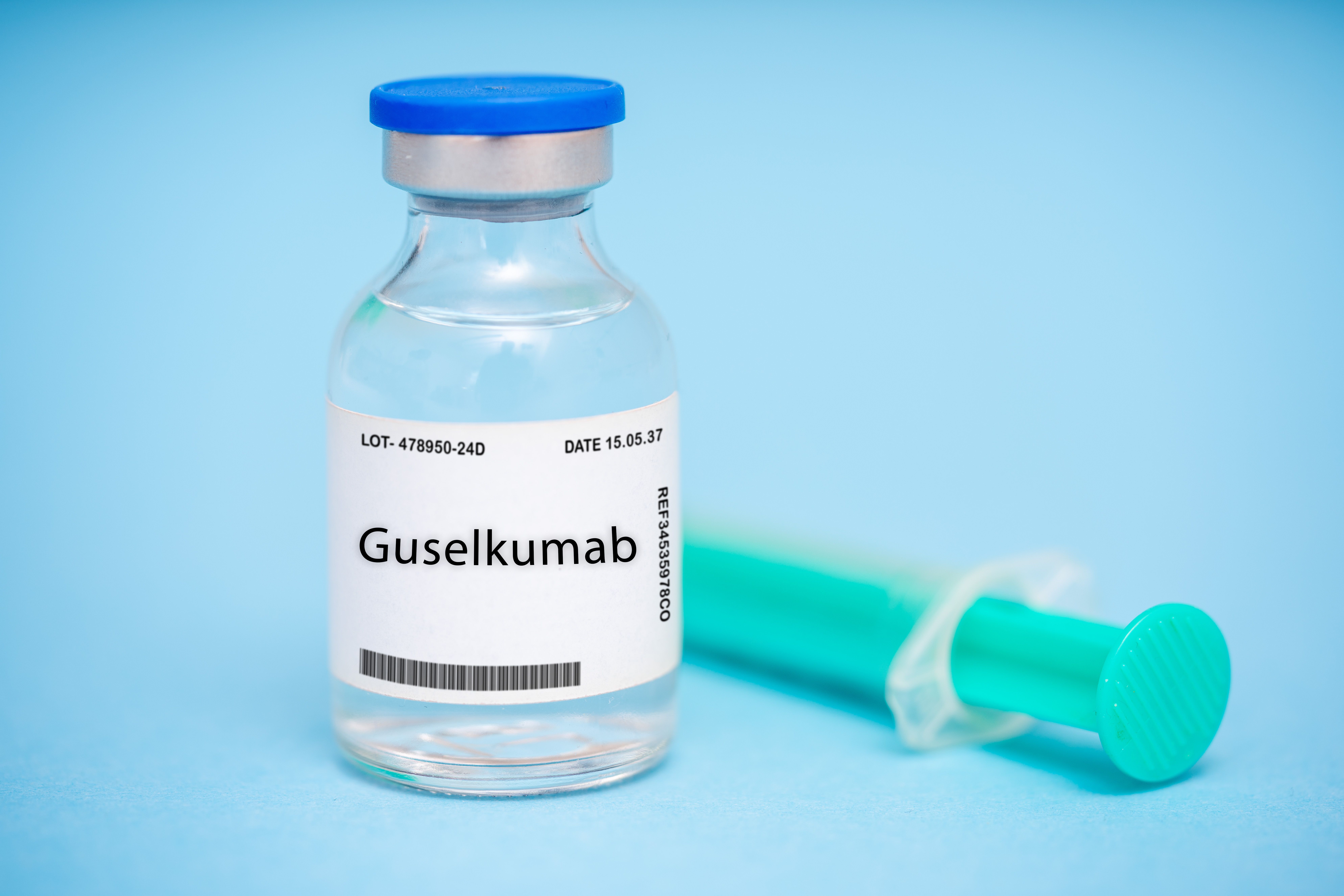Video
Initiating Treatment in Relapsed-Refractory MM
Keith Stewart, MB, ChB: Let’s turn our attention to relapsed-refractory multiple myeloma. And let’s assume our patient has had triplet therapy, transplant, and the maintenance therapy. Rafael, what are you looking at [in] that time? What makes you decide to treat? Are you waiting for symptoms? Are you using biochemical relapse? Is it MRD [minimal residual disease] changing from positive to negative? All of the above?
Rafael Fonseca, MD: That’s an excellent question, and more so as we get better tools to measure the possibility of relapse. So I went to the place where everyone goes: Twitter. I asked the question to my myeloma-expert friends to say, when would you treat? By chemical relapse alone, or does it have to be progressive relapse? Or do you even have to have symptoms like evolving anemia? And the majority of the answers were in the middle. I think we all see patients who have a small level of biochemical progression that we might observe for some time. I don’t think any 1 of us wants to wait till refractory is your problem. It really is the dynamics of that relapse [that] I think is dictating how most people are thinking about the need for pulling the trigger for the next line of therapy.
Keith Stewart, MB, ChB: I have to say I find myself jumping very fast onto even a small biochemical relapse, and even a change in MRD from minimal to significant. We have so many good drugs now that are powerfully able to get things back in control before they get out of control. I’m very much more inclined to [treat] earlier rather than wait.
Mary E. DeRome: I think in some ways that’s actually good for patients. Because if they had been in remission for quite some time and they begin to relapse, it can be very upsetting to them. And I think it can be very reassuring if the doctor comes to them right away and says, “OK, you’re beginning to relapse a little bit, but we have something that’s going to get you right back on track.”
Keith Stewart, MB, ChB: On the other hand, the counterargument would be [that] many of these people can go months if not years without any treatment and have good quality of life and be in the workforce and not have to be on therapy.
Mary E. DeRome: Sure, right. But I mean, some people just can’t take that stress.
Keith Stewart, MB, ChB: Yeah, I would say that’s more common than...some people will say, “I’d rather [not], I’ve got a wedding coming up,” or, “I’m just back at work, don’t make me have to stop work again,” and they’ll want to delay restarting. But I think your first scenario is more likely. What’s your experience, Andrzej?
Andrzej Jakubowiak, MD, PhD: Well, I’ve applied very straightforward and simple rule recently. Is this relapse meeting criteria at the retreatment on clinical trial? Is this patient eligible for clinical trial by way of measurable disease and determination at by IMWG [International Myeloma Working Group] criteria a patient progressed? This was my kind of a usual measure for picking up time for a treatment. But right now I’m struggling actually with this.
The more I test patients who are in remission and with [the] emergence of a group of patients who are by any criteria and stringent complete response, MRD-negative by flow, 10-5, but then they’re emerging with MRD-positivity by next gene sequencing. So I know that they have residual disease. Should I treat it or not? How [do] I measure whether I am really making good on treatment? I would maybe bring, with this comment, in my opinion, emergence of need to address this particular segment of patients in a clinical trial context. Because as you said, it is a huge commitment for the patient to go back on treatment, intensive treatment, rather than stay on Revlimid. Do we know that this is the right decision? We should be testing it.
Keith Stewart, MB, ChB: What is your treatment at first relapse?
Andrzej Jakubowiak, MD, PhD: For most patients relapsing on lenalidomide-Revlimid maintenance, currently our clinical trial is KPd [carfilzomib, pomalidomide, dexamethasone] plus daratumumab, which is carfilzomib-lenalidomide-dexamethasone and daratumumab quadruplet.
Keith Stewart, MB, ChB: Lenalidomide or pomalidomide?
Andrzej Jakubowiak, MD, PhD: Sorry, pomalidomide; misspoken. I think outside clinical trial for a long time KPd, Kyprolis-pomalidomide- dexamethasone, were my first choice. In recent years with [the] emergence of data on dara-pom-dex [daratumumab-pomalidomide-dexamethasone], that has sort of almost pushed that first choice to the second.
Keith Stewart, MB, ChB: From what I’m hearing there, you’re pretty much switching to pomalidomide and adding either carfilzomib or daratumumab, depending on the scenario.
Andrzej Jakubowiak, MD, PhD: Correct.
Keith Stewart, MB, ChB: What about you, Rafael?
Rafael Fonseca, MD: You know it’s a very, very similar practice. No. 1, it’s almost always I replace lenalidomide with pomalidomide. I think what might change things is this upcoming trial—I think it was a CANDOR trial, which is daratumumab, carfilzomib, and dexamethasone.
Keith Stewart, MB, ChB: Right.
Rafael Fonseca, MD: Right now is it [carfilzomib] or is it dara [daratumumab]? Those are the 2 key players we have right now. Plus dexamethasone, of course. But I think as they converge.
Keith Stewart, MB, ChB: I’ve been saying it for years. It shouldn’t either-or; it should be both.
Rafael Fonseca, MD: I think that’s we’re going to go. But right now [that’s in] my practice. I the comorbidities and prior tolerance and exposure…
Keith Stewart, MB, ChB: What if they’ve had daratumumab? We all said earlier we were going to start using daratumumab in the frontline setting most likely. What do you do then?
Rafael Fonseca, MD: I think then this will apply for daratumumab, for IMiDs [immunomodulatory drugs], and potentially for proteasome inhibitors. I think if someone relapses after a good period of control, one should assume that the drugs are still going to work again, which is very much the same paradigm that occurs when people use combinations in non-Hodgkin lymphoma with rituximab. And I think the process of resistance is going to be different from what we see with a TKI [tyrosine kinase inhibitor] that is more binomial sensitive or resistant. I think most patients will still have that option, even if they relapse after an induction with KRd-dara [carfilzomib, pomalidomide, dexamethasone plus daratumumab.




